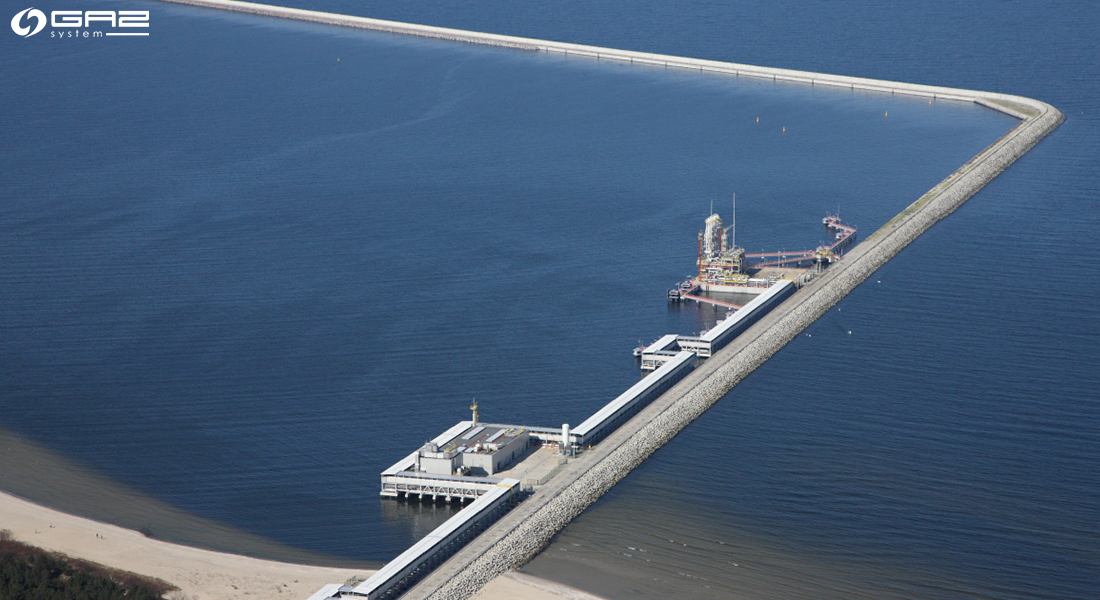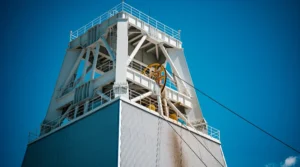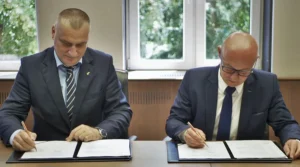The LNG Terminal in Świnoujście is Poland’s „gas gateway” because it provides us with a constant supply of the fuel. It should also be mentioned that the Baltic Pipe gas pipeline was put into operation in October last year, which means it is even more important that the transmission infrastructure functions properly, especially since the energy crisis is not over yet.
On October 25, 2023, the President of the Energy Regulatory Office approved the Distribution Grid Code for the liquefied natural gas installation located in Świnoujście and owned by Gaz-System, Poland’s TSO. This is the first such instruction for the LNG terminal approved by the Office’s President.
It should be mentioned that the obligation to develop codes for liquefied natural gas installations was introduced by an amendment to the Energy Law, which entered into force on July 3, 2021. The liquefaction system operator had nine months from the entry into force of the new rules to submit a draft code to the President of the Office for approval.
Gaz-System submitted the application for the approval of the code on April 1, 2022. During the proceedings, while analyzing the draft document and the comments submitted to him in the course of public consultations, the president of the Office repeatedly called on the company to provide explanations and introduce corrections and additions to the content of the instructions. The calls were aimed at adapting the code to the requirements of the law, while taking into account the comments received from users of the system.
The code for the liquefied natural gas installation specifies the detailed conditions for using the system and the conditions and manner of operation, exploitation and planning of the expansion of the installation. In particular, the instruction specifies:
- procedures for concluding a contract for the provision of regasification services;
- mechanisms for the provision and allocation of liquefied natural gas installation capacity;
- rules for delivery, reception and storage of LNG;
- rules for the provision of services for loading or transhipment of LNG using the terminal;
- rules for determining the length of periods in which loads of a certain size will be subject to regasification;
- managing system constraints;
- failure management;
- criteria for the safety of LNG installations;
- cooperation of the natural gas liquefaction system operator with operators of other gas transmission systems;
- transmission of information between system operators and between the operator of a natural gas liquefaction system and users of that system;
- quality parameters of gas fuels and quality standards of service of users of this system.
Energy Regulatory Office / Jacek Perzyński









